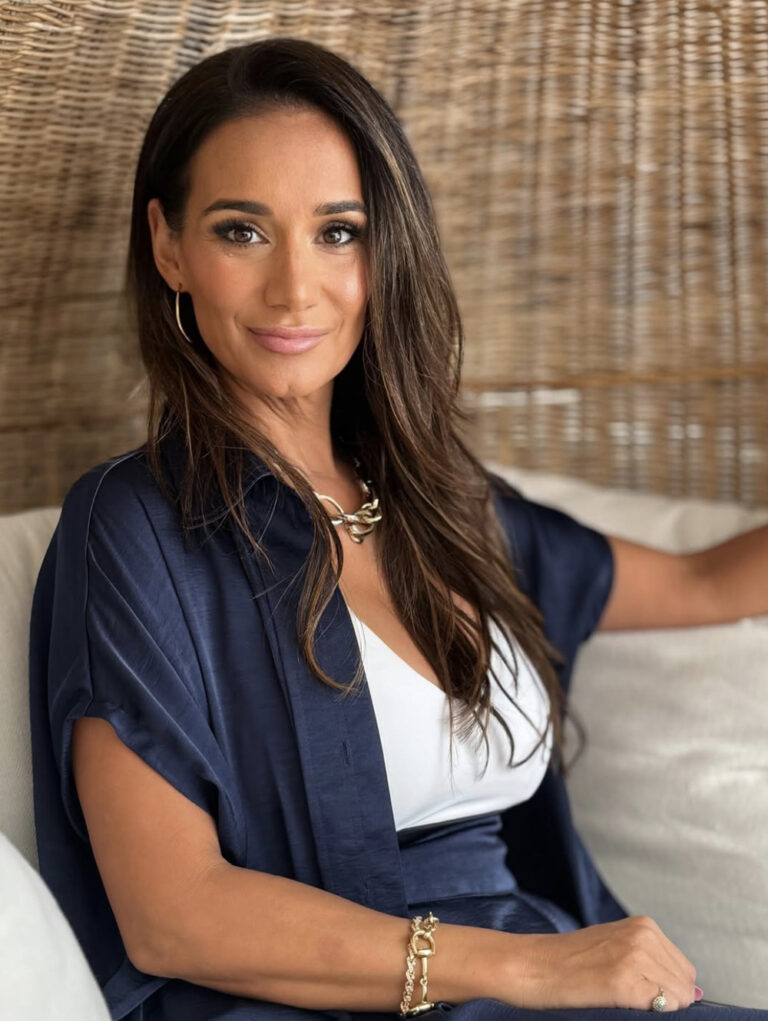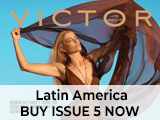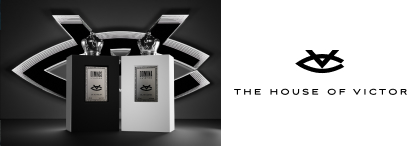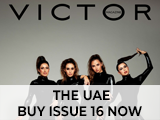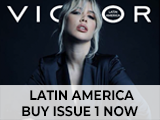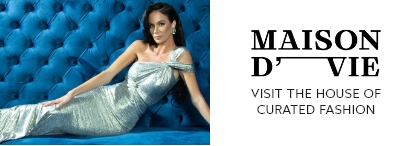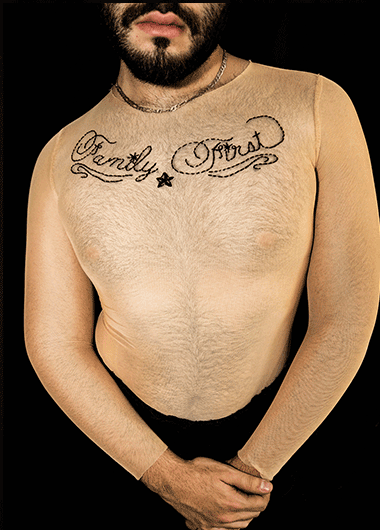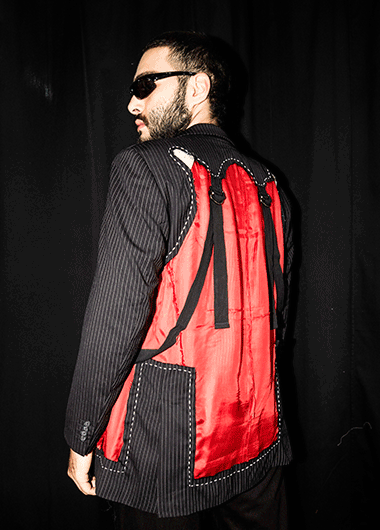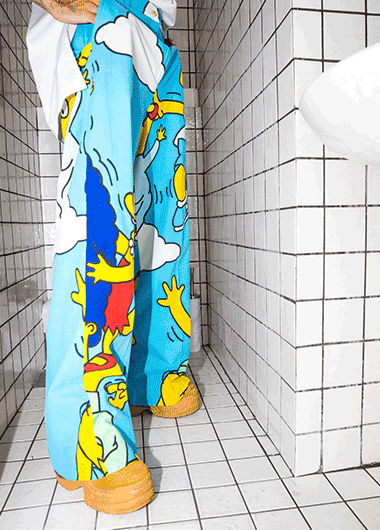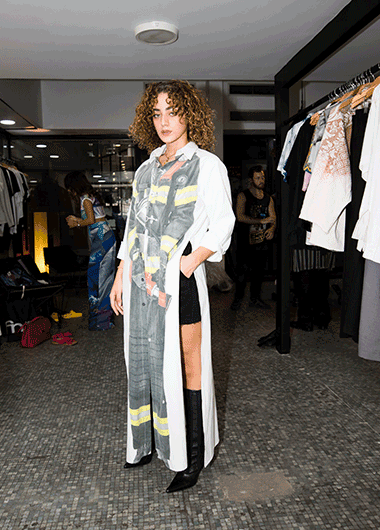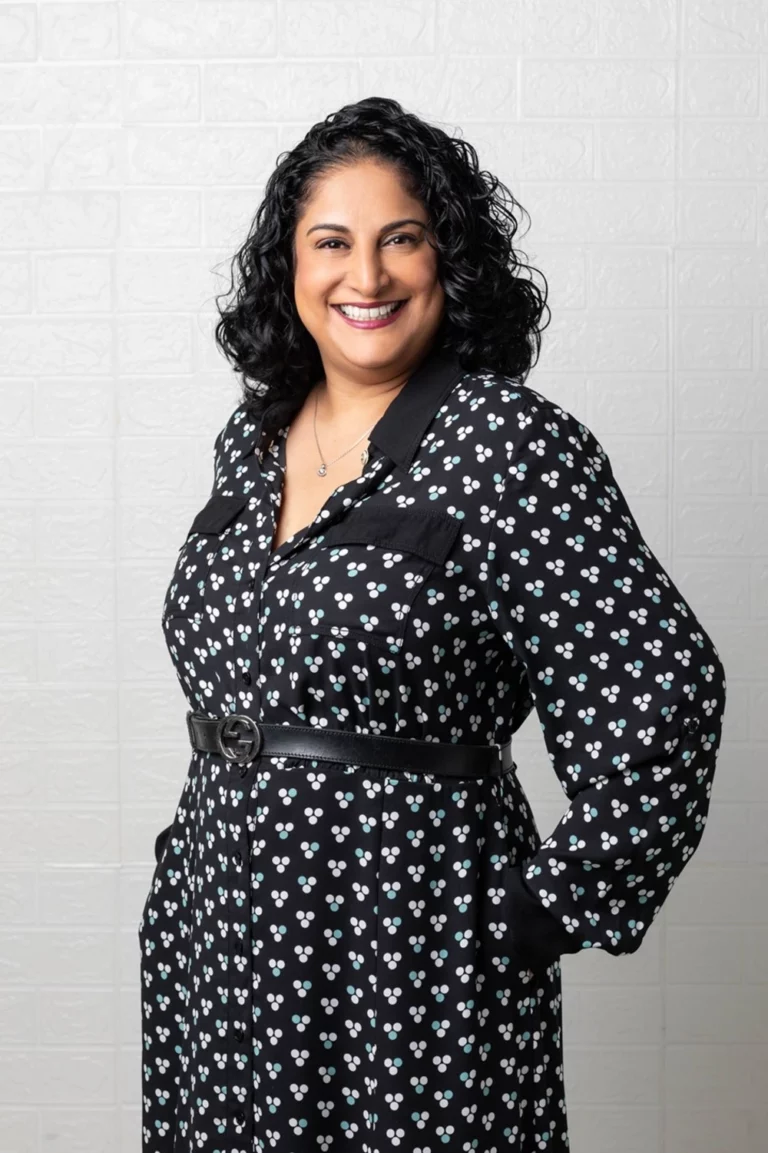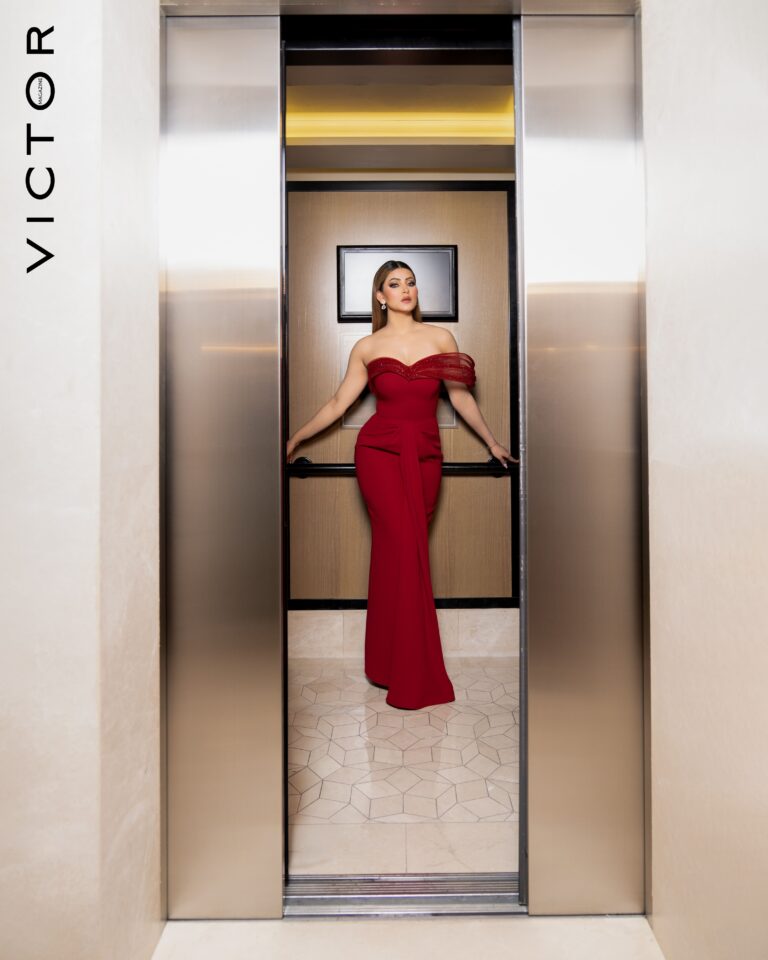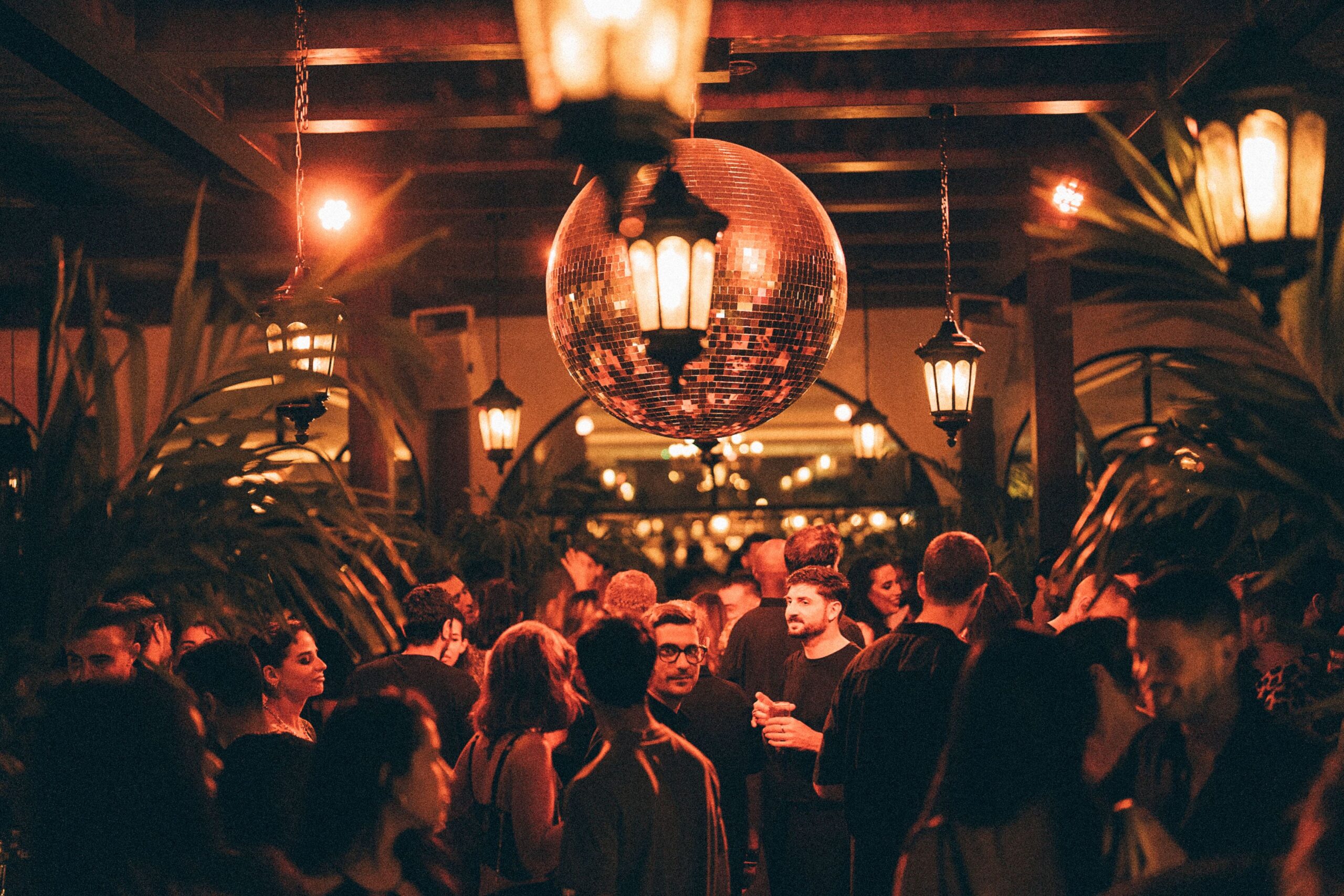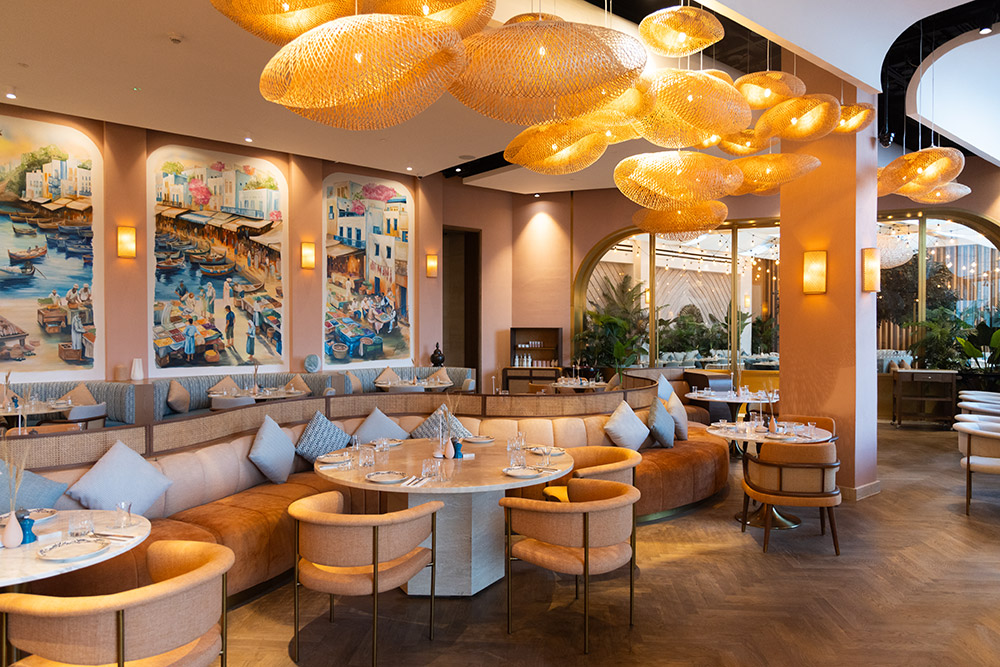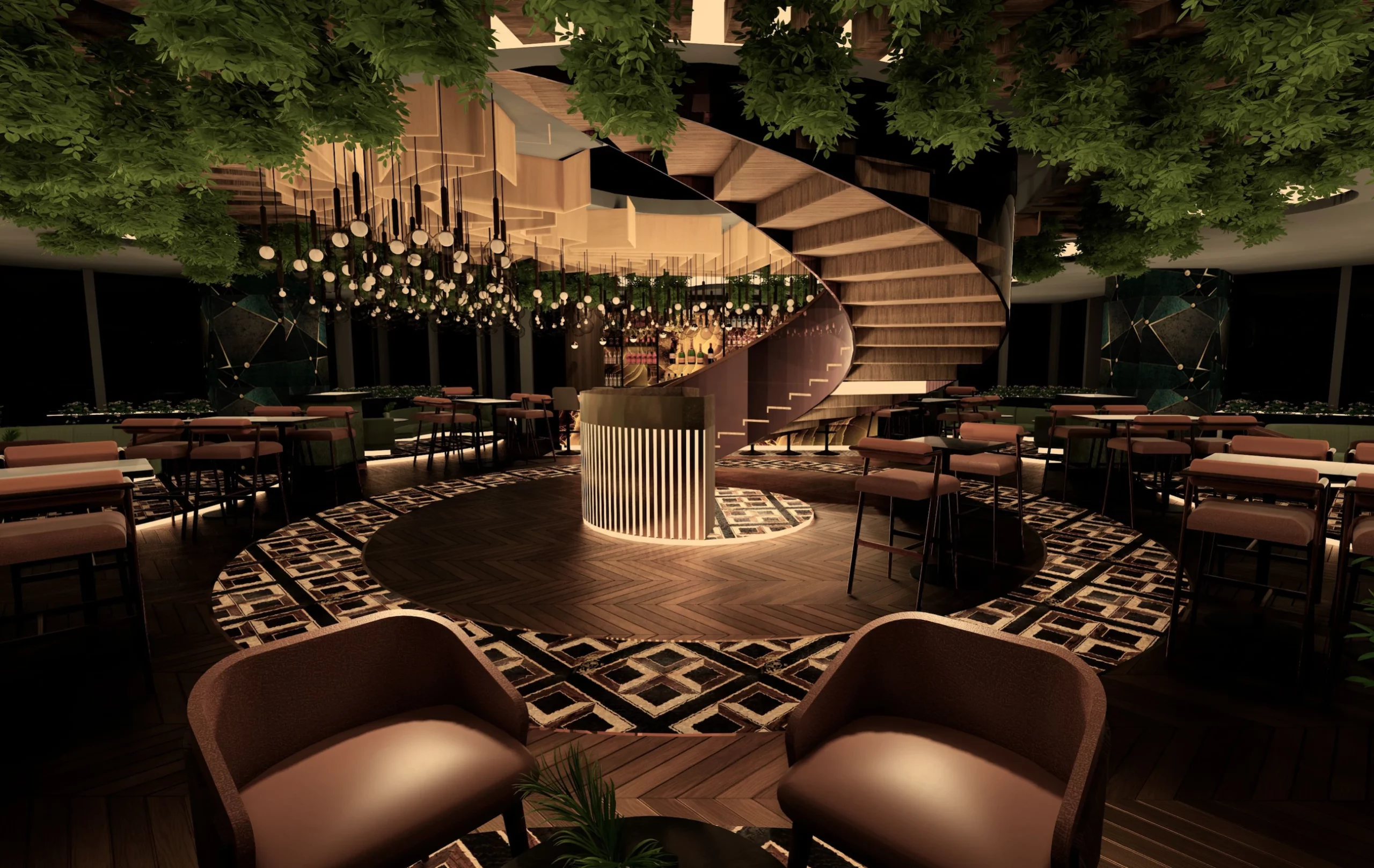
Emergency Room: A Story of Breaking Fashion Norms
ROAA EL-BAGOURY

- Photo by: Dunia Chahine
Lebanese designer Eric Mathieu Ritter found his calling and challenged the fashion industry. Through his ready-to-wear brand, Emergency Room, he creates unique pieces from old recycled garments and gives second hand materials a new life in unconventional ways. Stemming from the belief that fashion production processes urgently need to change, Emergency Room utilizes alternative techniques to design and make clothes.
Throughout his journey, he witnessed the globalization of fashion which has embedded consumerism in every aspect of the industry. He wanted to break free and create a community where people could express themselves and dare to be unique.
At a very young age, Eric explored the diversity of the fashion industry through very different lenses. It wasn’t until he got offered to work on a social project in Tripoli, Lebanon, that he found a new purpose in fashion. There, he met amazing women with the talent and artisan skills to become professionals. That’s when he started paving a new world for them, giving them the chance to express themselves through fashion. We got a chance to sit with Eric to discuss his views on fashion and how the Emergency Room came to be.
How did the brand Emergency room come to life?
It all started with 12 jackets and a group of women in a city in the north of Lebanon called Tripoli. During my time there I was really mesmerized and inspired. There is a lot of waste in the fashion industry which is one reason why I did not want to launch my own brand. In Tripoli, I found what I wanted to offer. I decided to launch a business working with local seamstresses and artisans using materials we find locally to create unique pieces rather than mass produced ones.
We started with the basic denim jacket. We all know what a denim jacket looks like, but we chose to work with scavenged materials we found. Tablecloths, bedsheets, random pieces of fabric patched together that the group of women would then embroider by hand. We initially produced only 12 denim cut jackets but each one had different patterns, prints, and colors. They instantly sold out and that’s how we managed to get some funds to do a first collection, then a second collection, and then open a store and so on…
How did you decide to pursue a career in design?
At 14, I decided that I wanted to pursue a career in fashion. I was always artistically oriented and fashion made sense to me. Since then, I started doing various internships and was excited to study and get more involved in the fashion industry. The more I got involved, the more I was disappointed and realized how flawed the industry was. We’d be talking about sustainability, yet seeing brands overproducing and people over-consuming. The industry, as it appeared, is mainly made up of multinational corporations, whether they’re luxury brands or ready-to-wear brands. It felt to me like there’s no soul to it anymore.
I was like that’s not really what I wanted to do. I wanted to enjoy making clothes. So, I had to find a way to make a change and reclaim the artistic passion in fashion.
How do you want people to feel when they wear your clothes? Is there something specific or is it more about the concept of sustainability?
First, it is important for me to mark a difference between the clothes and the brand’s values, which is tricky to do. It was vital for me that people would want to purchase the pieces because of how they are and how they look on them with no regard to the fact that our design and production processes are sustainable and that underprivileged seamstresses are making these clothes. I wanted to highlight the fact that it looks great. That if you wear it, people will look at you and you’ll be the center of attention. It all started with loud catchy pieces and that’s what we became known for, especially when clients knew that each piece is different and no two are alike.
Do you think unisex designs are the future of fashion?
Yes, definitely. Clothes are not uniforms. The more you put labels on garments, the worse it is for fashion and for sustainability, not only gender labels. But when you say this is for women and this is for men or even say this is last season and this is this season, you categorize. Why would you want to categorize things so much? These are just clothes. And if it fits and you want to wear it regardless of your gender or size, then great.
How are you breaking free of stereotypical fashion?
It’s always tricky, yet we try to portray things as naturally as possible. I feel like we live in a world where every city has a bubble or space where individuals of very different backgrounds are open-minded enough to come together. My community and I try to promote diversity, individuality and equal rights while making sure we don’t become too closed on ourselves. I’m always very mindful of that, always overthinking it and making sure that we’re reaching out to other communities, we try to represent everybody and to portray people no matter how different they are.
If you’d give advice to young designers that are trying to make it in the industry. What would you say?
They need to work with what they have. Any designer trying to make it in the fashion industry needs to understand their set of skills, understand what they can and cannot do, understand what materials to use, and understand their budget. So unless you have an investor or somebody willing to throw money at you, understand your values and limitations and use them wisely. It is a time and energy consuming process so be very patient.
We’d love to know what is next for the Emergency Room?
We are currently thinking about where we want to take the brand, exploring exporting our products. Of course, we will continue creating unique pieces and start building a system that maintains the spirit of our brand. I have to take two or three steps backward to define the brand’s direction. Ideally, I’d like to find that sweet spot where I can connect with more like-minded individuals who understand the brand, push us forward, and broaden our reach. Presenting Emergency Room to more countries sharing my vision and advocating for conscious fashion as it always has been our core value.
By Author

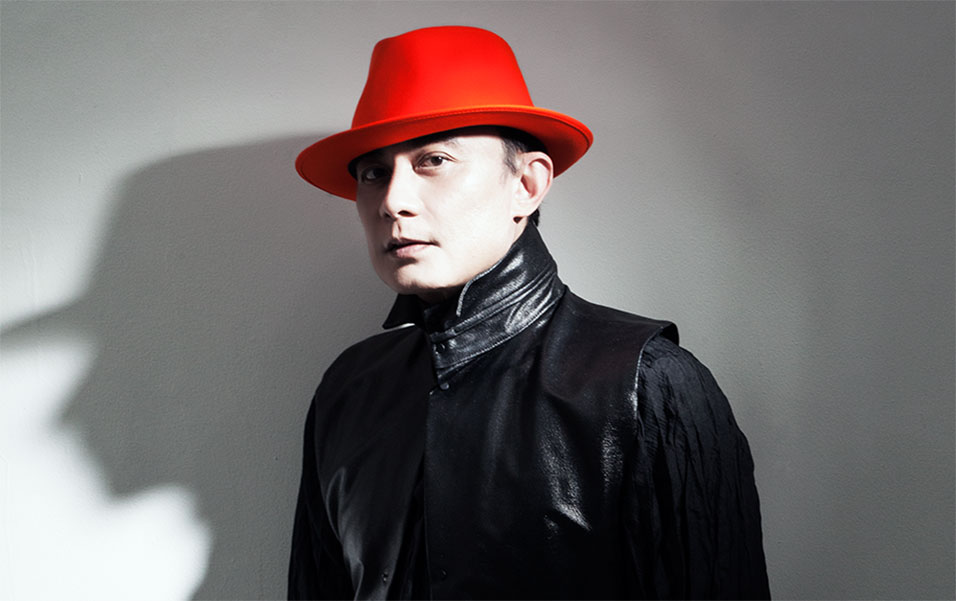
Rinaldy Yunardi: A story of passion leading to a journey of success.
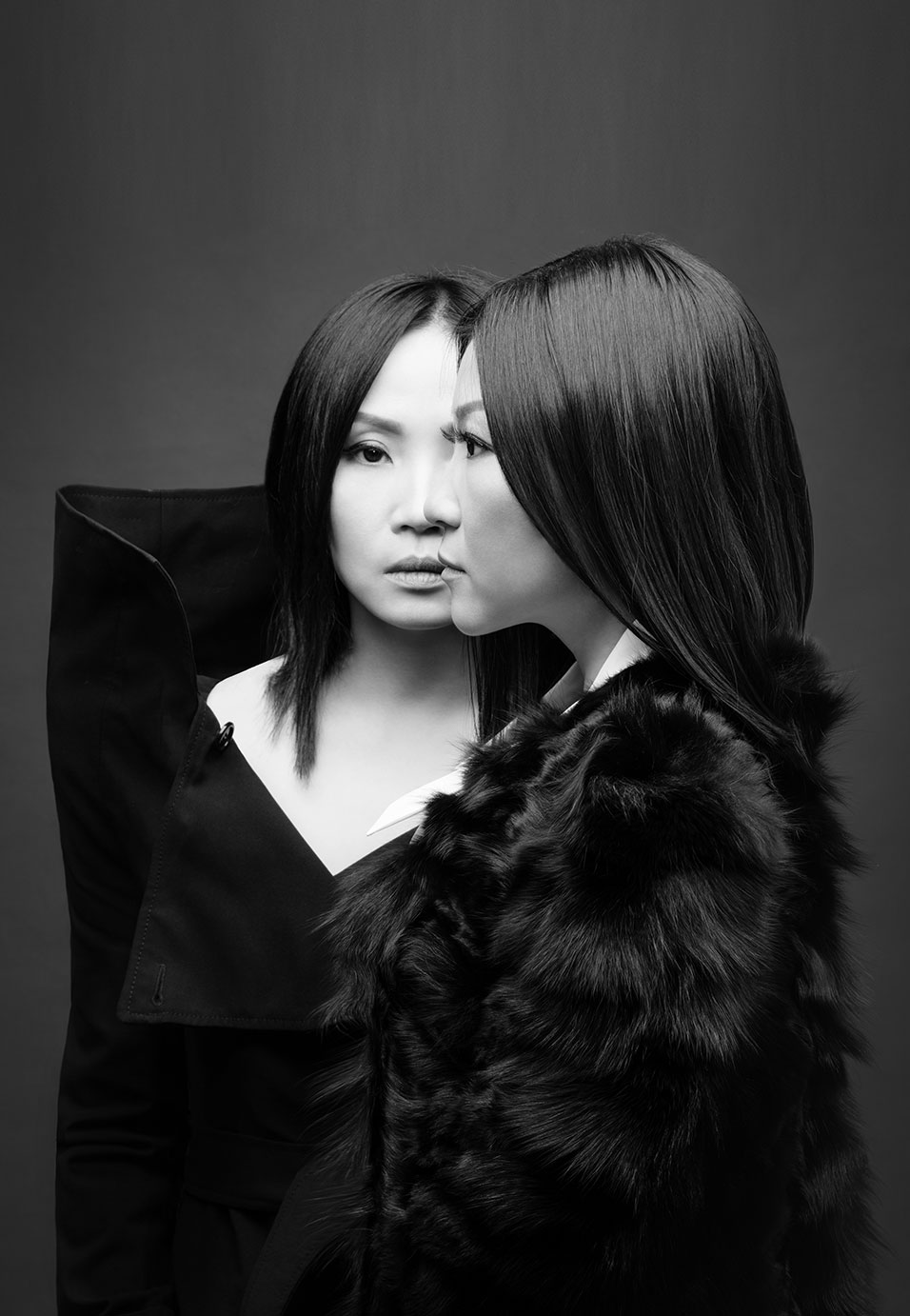
How the Liu Sisters Built a PR Empire for the Fashion Industry and Named it “The Clique”
no related post found
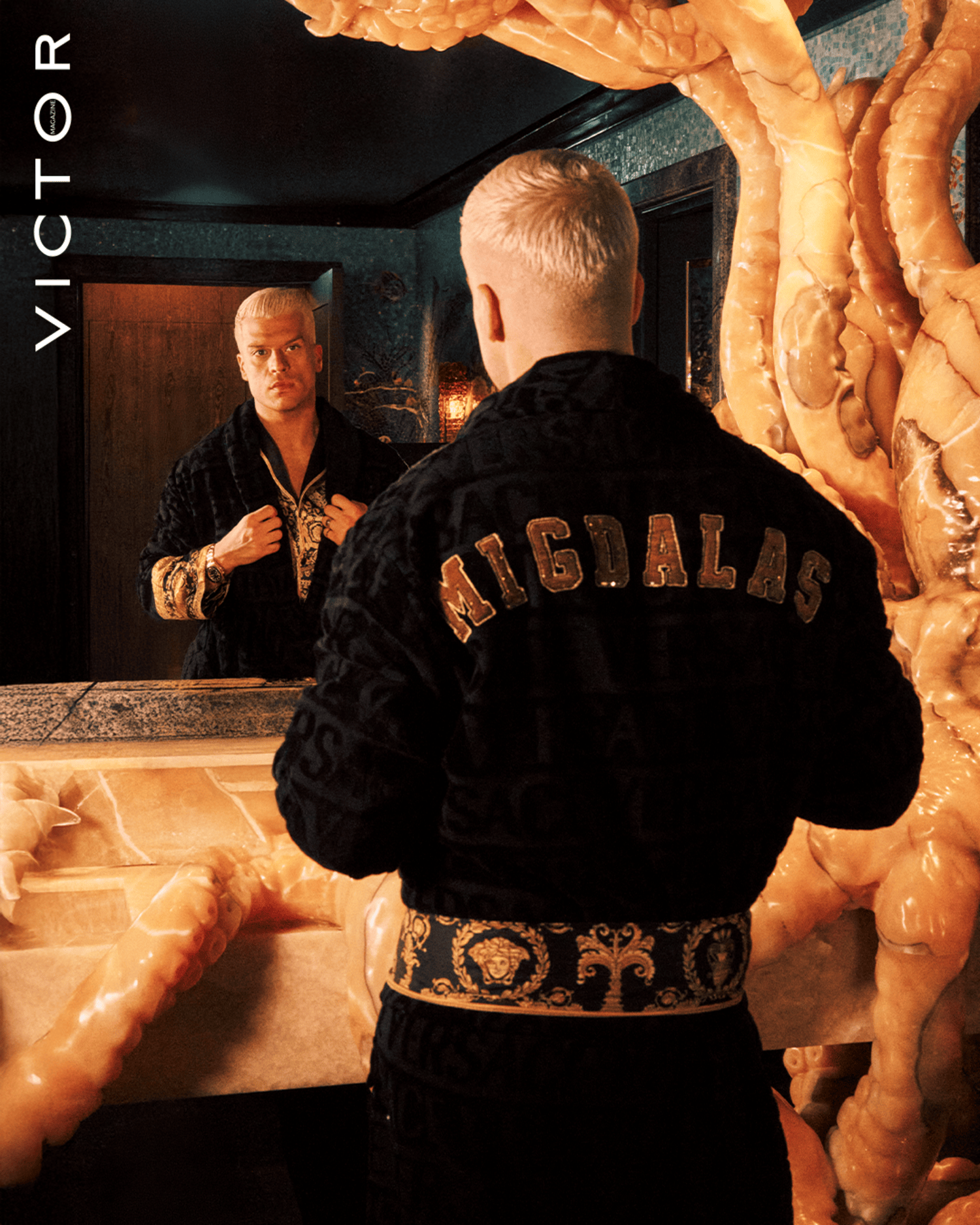
Beyond the Expected: John Migdalas on Today’s Luxury
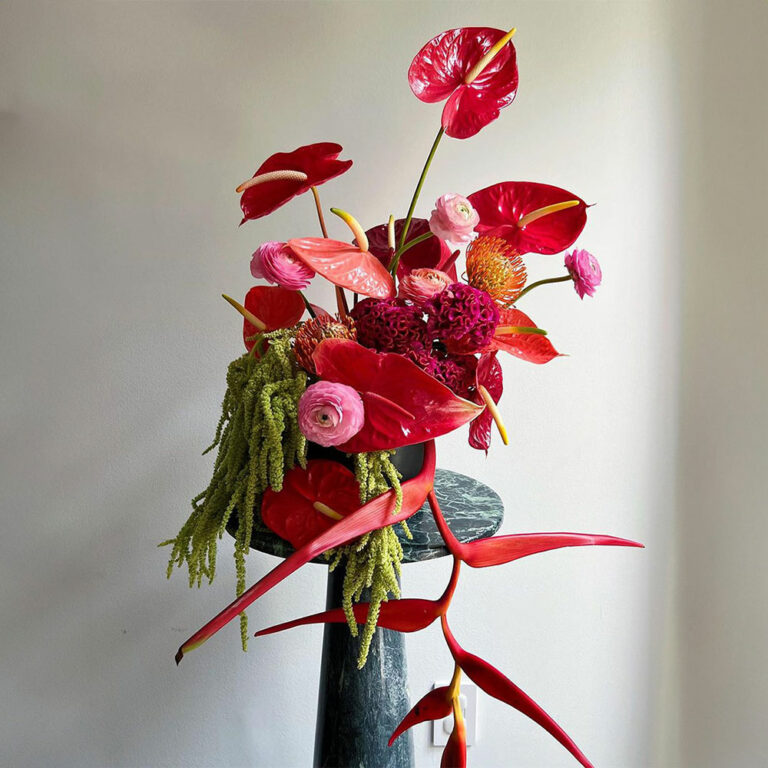
“Flowers are our favorite F word!”

Indulging in Love and Flavor at Playa: A Valentine’s Day Delight

Beyond the Expected: John Migdalas on Today’s Luxury
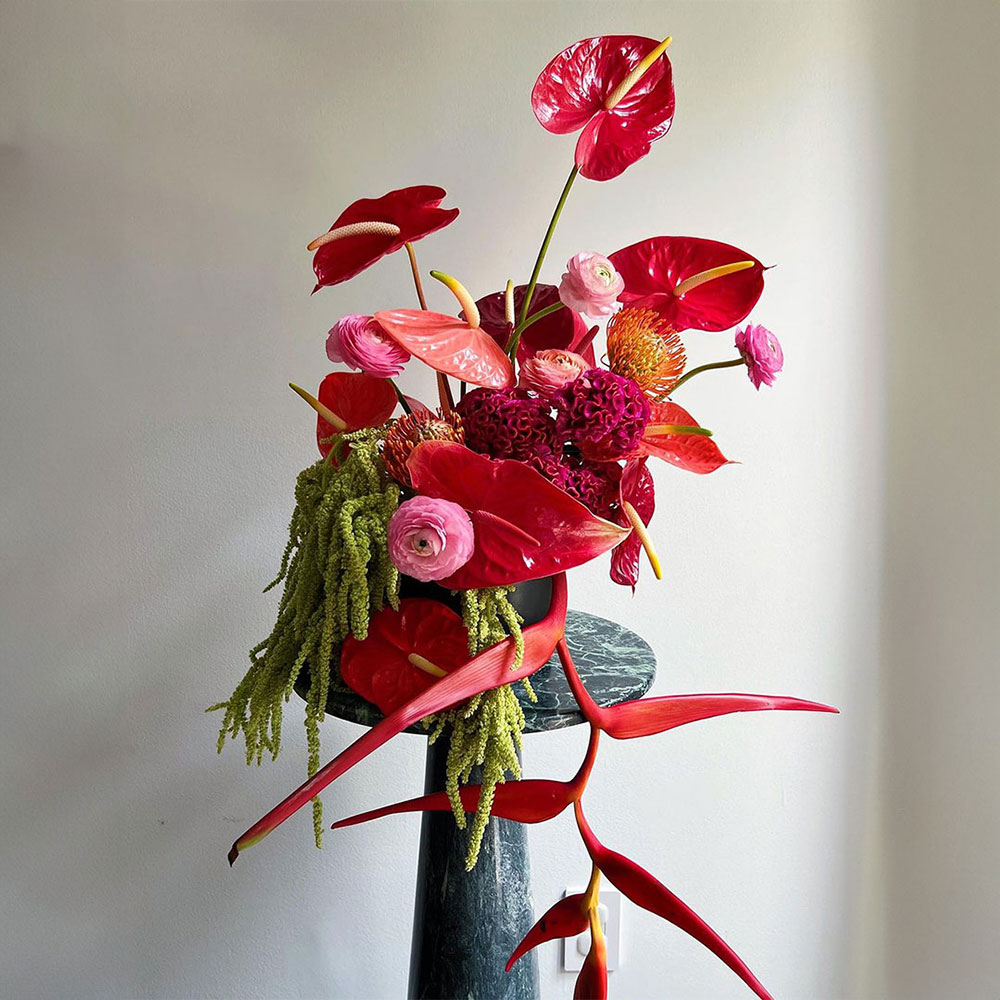
“Flowers are our favorite F word!”

Indulging in Love and Flavor at Playa: A Valentine’s Day Delight
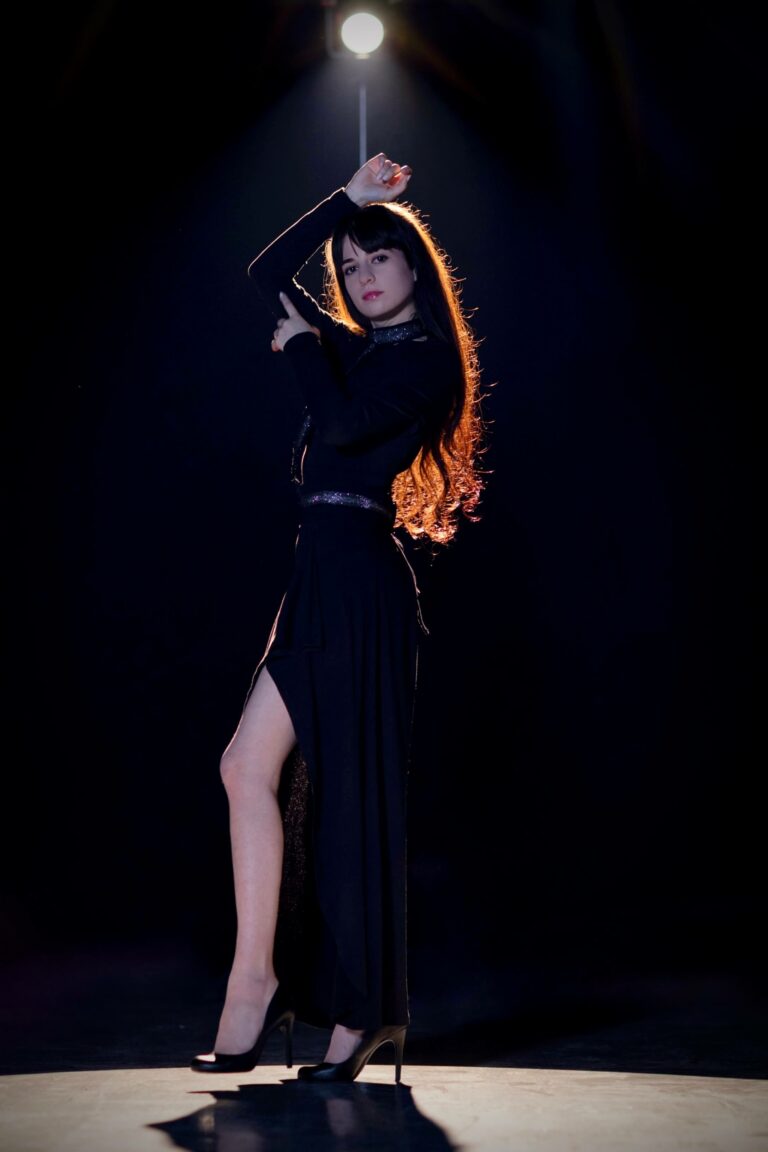
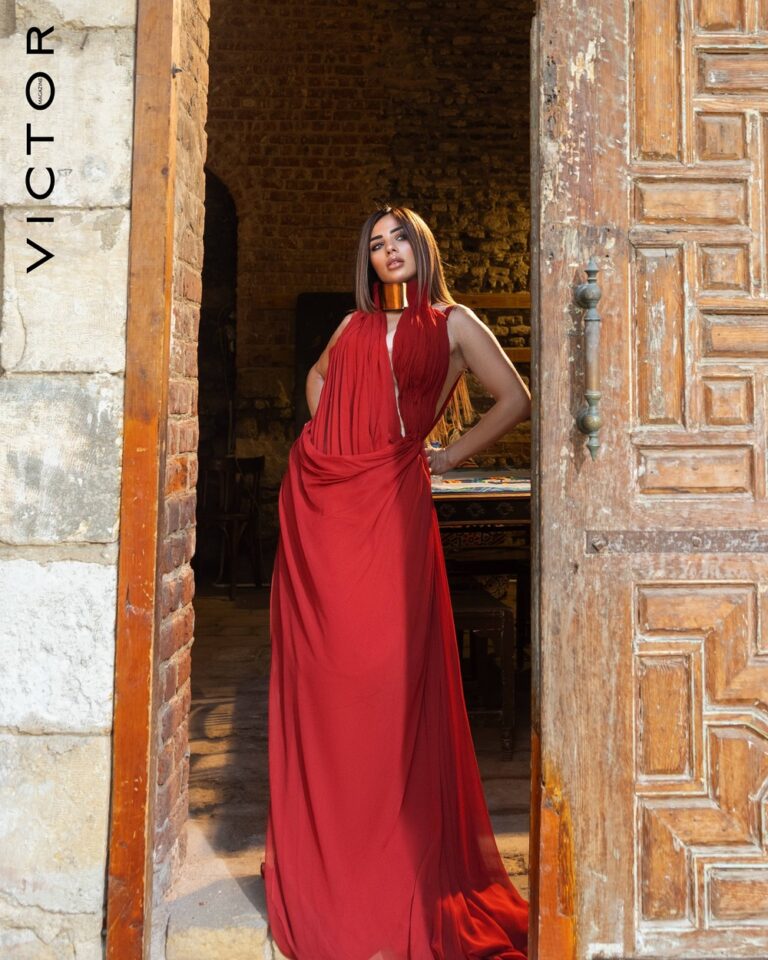
Angie Azzar: Blending Heritage and Modernity in Music
